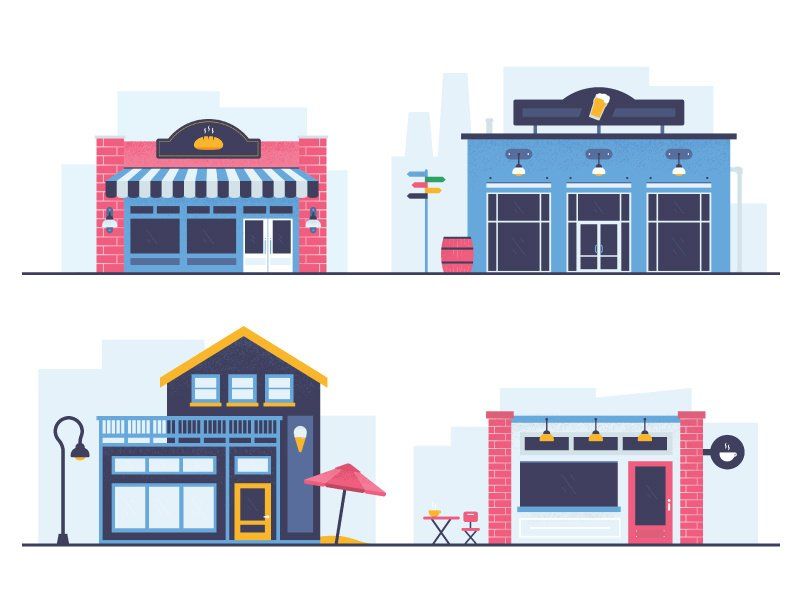
Decoded
Tips, tricks & recommendations in digital marketing.
Here we'll re-post a lot of outside content with tips, tricks, stories, & recommendations.


In the past, not long ago, there were only two options for your mobile web needs: 1) build a mobile site or 2) build an app. Both options had their pros and cons, and it was up to you to assess your needs and decide which option would be best. Mobile websites offered the most cost-effective option, but they required an internet connection at all times and lacked the rich functionality of apps. Native apps offered the best experience and offline interactivity, but due to development costs and terrible engagement rates (especially for small business apps), they weren’t always worth the investment. Apps were also subjected to the rules, regulations, and whims of fickle, temperamental app stores. What to do? Risk the money on an app, or go forth with a mobile site? Would there only be two options for the foreseeable future, or would something come along to meet the growing demand for another option? The mobile internet needed a breakthrough, and in 2015, it arrived with the birth of Progressive Web Apps (PWAs). Progressive Web Apps are already making their mark as the fastest, easiest, an d best way to provide a winning mobile experience. And they’re on track to become not just an option, but the option for mobile internet engagement. Progressive Web Apps were officially born back in 2015. A term coined by Google’s Senior Staff Software Engineer, Alex Russell (who’s also responsible for the above quote*), PWAs can best be described as websites that behave like apps. If you imagine that an app and a website had a lovechild that inherited its parents’ best characteristics (and none of the worst), that would be exactly what a PWA is. From one parent (the website), the PWA inherits its easy discoverability (without having to be downloaded) and low maintenance upkeep; and from the other parent (the app), the PWA inherits its rich functionality, offline user interactivity, and engaging experience. Like a website, a PWA is accessed directly from your web browser; and like an app, it can be installed on your mobile device’s home screen and send you notifications. Though PWAs have been around for a few years, they’re really starting to hit their stride now, so there’s no better time than now to offer PWA functionality to your clients




